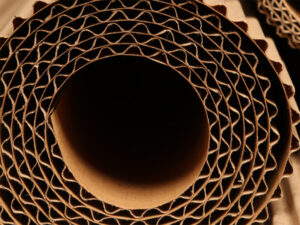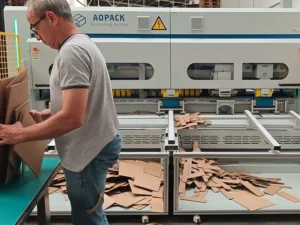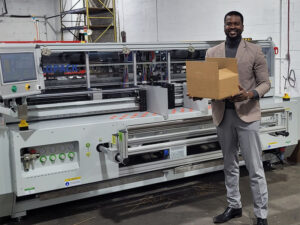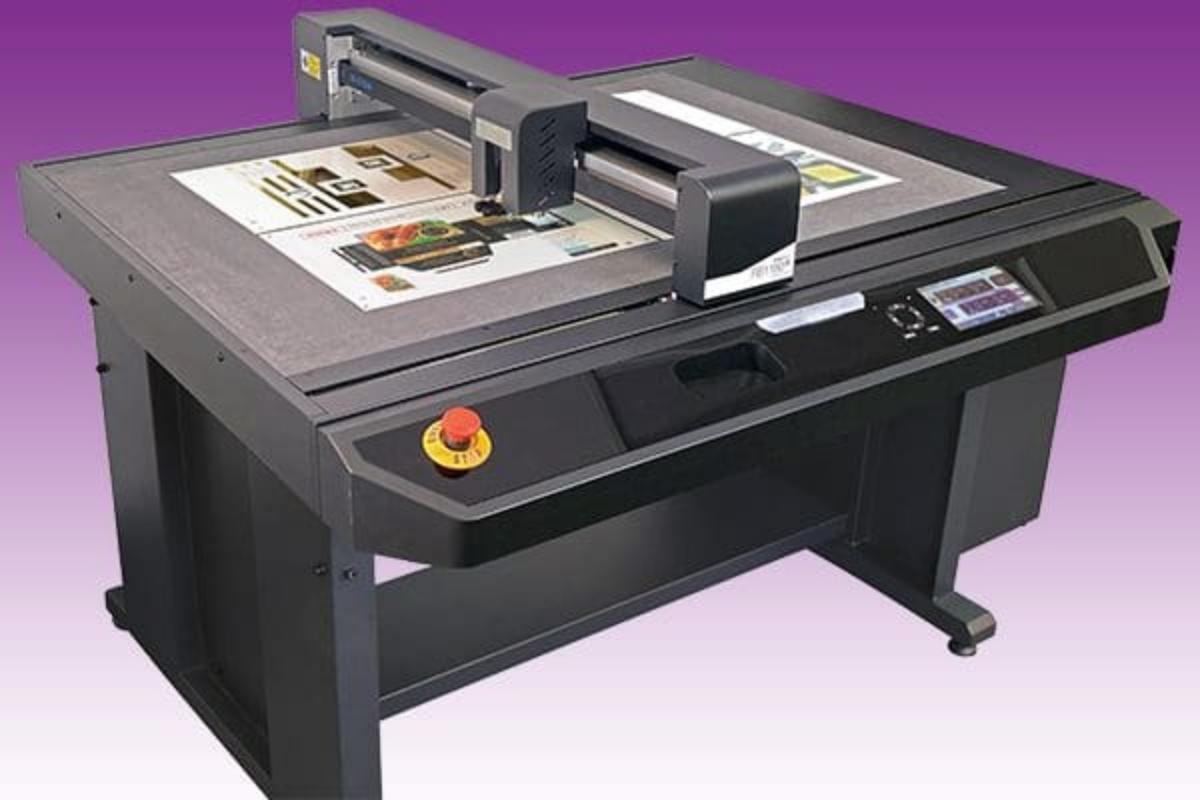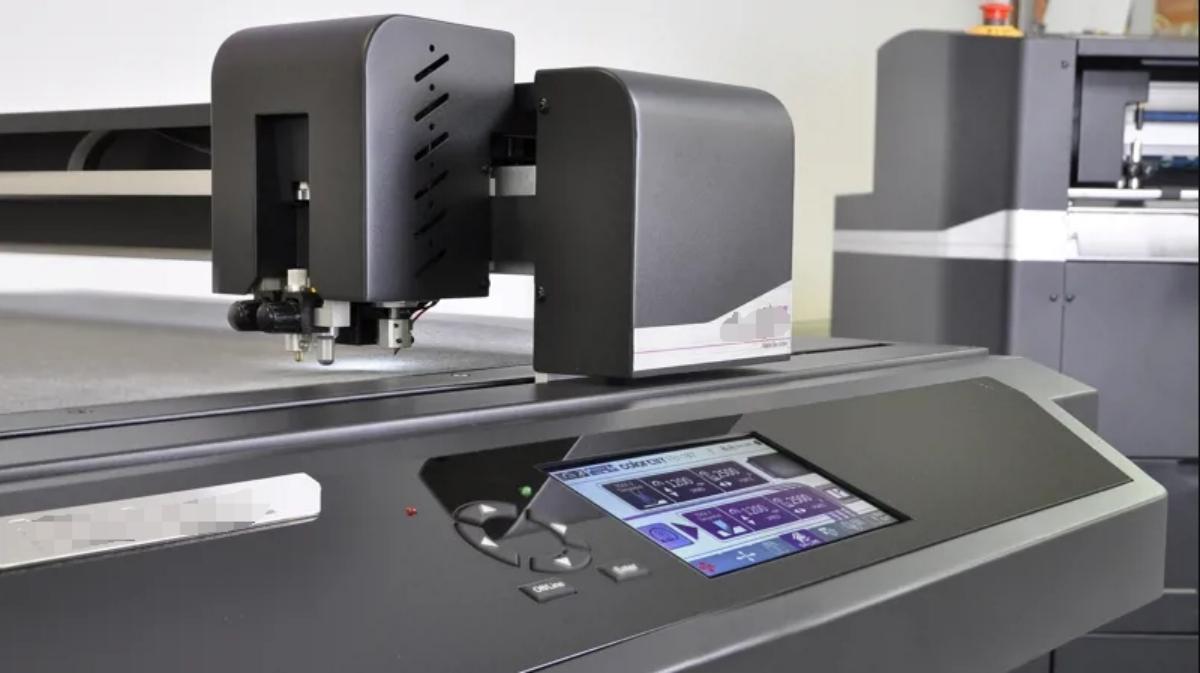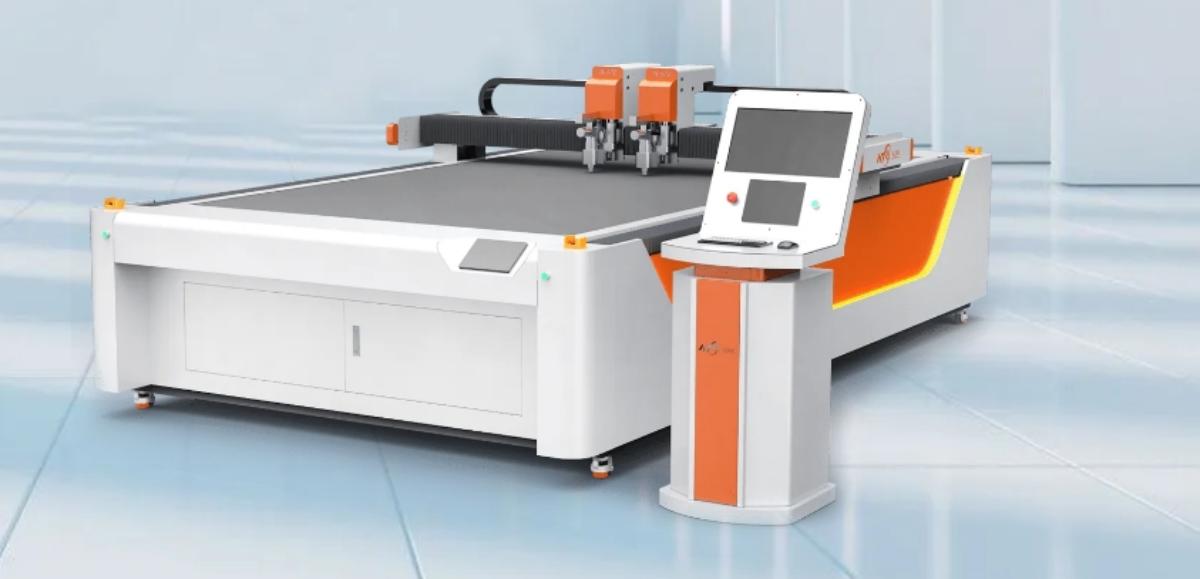Digital cutting technology continues to improve. The capability to give precision cutting through a wide range of different textiles, fabrics, and composites has become an essential need for a range of industries. This is due to the speed and accuracy with which they can handle the manufacturing needs of a business.
1. What is digital cutter?
With the advent of automatic manufacturing, a new type of digital cutting method was developed that gathers most of the benefits of die-cutting with the flexibility of computer-controlled precision cuts of greatly customizable shapes. Unlike die-cutting, which uses shapes-specific physical dies, a digital cutter uses a cutting tool (which can be an oscillating or static blade or a milling tool) that follows a computer-programmed path to cut out the wanted shape.
A digital cutting machine contains a flat table area and a set of milling, cutting, and scoring tools mounted on a positioning arm that moves the cutting tool in 2 dimensions. The sheet material is placed on the table area and the cutter travels across the sheet along the programmed path to cut out the pre-programmed shape.
2. How digital cutter works?
Unlike die cutting which uses physical dies to make the shape, digital cutting uses a blade that follows an automatic path to create the shape. A digital cutting machine contains of a flat table area and a set of milling, cutting, and scoring attachment mounted on an arm. The arm permits the cutter to move right, left, backwards, and forwards. The printed sheet is placed on the table, and the cutter travels across the sheet along the programmed path to cut the out the right shape.
3. Advantages of digital cutting
Here are some of the key advantages of digital cutting machine:
1) Precision
Digital cutting provides amazing cutting precision thanks to laser technology. Digital cutting machine uses blade and lasers attachments to mechanically follow programmed paths, resulting in clean edges.
2) Suitability for large-scale projects
Large-format cutting cutter is generally the top option if your design contains extremely intricate shapes or you need to produce a big graphic installation using tougher or thicker materials. It is top for large-format printed elements such as branding collateral or retail signs. Digital cutting is also the top option for low-volume projects where you only need to cut a few items, as it permits you to cut the shape you need without investing in a custom die.
The technique you pick also depends on your project timeline. Digital cutting tends to have little primary turnaround times since it just needs the creation of tool paths, so it is perfect when you need your products immediately.
3) Cost-effectiveness
Digital cutting is more cost-effective and efficient option when you need to cut a restricted number of items. Anyway, it is a technically a slower process because the digital cutter must follow a programmed cutting path for each item rather than just stamping the design into the material in single step. It is therefore successful for higher-volume orders and may be less cost-effective than die-cutting.
4) Customization capabilities
Digital cutting permits industries to cut a big range of materials in various materials and sizes, and it can generate more intricate shapes if you have hard design to cut.
A digital cutting machine can also handle thicker stock, permitting you to create heavier, bigger or more durable finished items. Famous options contain the following:
· Vinyl
· Composite materials
· Leather
· Foam boards
· R board
· Specialty rubbers
· Forex
· Packaging foam
· Sponge rubber
· Polyamide film
Operators can also integrate digital cutter with many programs and printing machines, spreading their capabilities. For example, they can print your firm’s logo on a big piece of materials and then cut it into a specific shape for signage.
5) Design flexibility
Digital cutting provides much more design flexibility when it comes to adjustments, as replacing the output only needs updating the tools paths. While adjustments may occur additional costs, the amount will be considerably less than the cost of new die.
6) Quick turnaround
The biggest benefit of digital cutting is the absence of a shape-specific die, make sure little turnaround times matched to die-cutting machines as there is no need to switch between die-shapes, which decreases the full production time. Besides there are no costs linked with the producer and the use of a die, thus making the process more affordable. Digital cutter is particularly perfect for large-format cutting jobs and quick prototyping applications.
The computer-controlled digital conveyor or flat-bed cutting machines can simply integrate detection of registration marks on the sheets material and on-the-flight control of cut shapes, making the digital cutters extremely attractive for highly-customizable automated producing processes.
4. Disadvantages of digital cutter
Here are some of the big advantages of digital cutter:
1) High maintenance
Digital cutting machines need constant monitoring and calibration due to their sensitivity to maintain best performance.
2) Slow heating time
The machine head takes time to heat up, which can be a drawback for quick projects with little processing times.
3) Yellow mark and smell
The top temperature cutting process leaves a yellow mark, and the machines generate a smell similar to burning hair, which some might find bad.
5. What are the industries that can advantage from the digital cutter?
Many different industries advantage from digital cutting machines:
Clothing industry: Benefit hugely from speed and precision while being capable to handle the most hard pattern designs.
Automotive industry: Built to handle glass fibre and carbon
Upholstery industry: Provide flexibility of varying furniture designs and patterns.
Composites: can be equipped with a big range of tools to manage a diverse range of materials.
6. What are the different types of digital cutters?
1) Universal digital cutter
A universal digital cutter can cut a range of materials, including vinyl, fabric, paper, and foam.
2) Dual beam digital cutter
A dual beam digital cutter uses 2 cutting beams to cut via materials. This makes them more precise and right than single beam cutters.
3) Digital cutter for fabric cutting
A digital cutter for fabric cutting is designed to cut fabric with accuracy. They generally have a quick blade and range of cutting speeds to accommodate different kinds of fabric.
7. Factors to consider before buying a digital cutter
Different types of digital cutting machines are perfect for particular cutting jobs, so it is vital to understand your own requirements and perform research on the top-suited machine. Industry associations, magazines, trade shows, and online resources are all amazing sources of information when researching digital cutters.
Here are some of the key factors to consider before buying a digital cutter:
1) Media & application
What do you need your digital cutter to do? Are you planning on cutting cardboard and plastic, or together media like wood and leather?
You will need to ensure your cutter is designed for your picked media and can feed the materials size you are working with, this contains lengths, width, and thickness.
2) Production Capacity
How much you will be using your digital cutter and how quick do you need it to work?
One thing you want to reject is bottlenecks? If you are expecting top production volumes, you will need a continuous-feed machine or multiple machines. Features like media supply rollers and conveyor systems can increase production capacity, while pneumatically-driven media advance clamps will grip the material down while pulling it forward for multiple jobs or continuous work.
3) Budget
The cost cutters will depend on a few factors:
· Type (laser, flatbed, vinyl, printed-cutter comb)
· Size
· Branded and mode
· Features
· Wattage (for laser cutters)
4) Business Growth
What are your business plans for your digital cutter in the next year>? The next five years, if you are willing to make the investment, you should take the time to think about your future plans and goals and how your cutting machine will play an important role.
Maybe you are planning to move to a various area in the next few years – will your cutter fit in a new area? Or maybe you want to explore various types of media – does the digital cutter you have in mind have the versatility to work with different materials?
Also consider how the lifespan of these digital machines will correlate with your business goals. A high-end cutter may come with a larger price tag, but it will likely to have longer lifespan than affordable models.
5) Industry trends
What is happening in the industry? As with any business tool, latest technologies have introduced all the time. In the last few years, more wide-format printers have entered the market, leading cutter producers to increase equipment sizes to cut bigger prints.
8. Troubleshooting issue encountered
Irregular cutting: One of the most general issues faced by users is irregular cutting, where the machines fails to cut via the material fully or leaves rough edges.
Material obstructions: Sometimes, the materials can become stuck in the machine, leading to issue that hinder the cutting process. Over time, the blade of the digital cutter may become worn, resulting in bad cutting performance.
Software problem: For digital cutter, glitches or compatibility problems with the program can disrupt operations and stop the machine from functioning rightly.
High pressure: Excessive or inadequate pressure applied during cutting can affect the standard of the cuts and damage the machine or the material.
9. Effective solution for troubleshooting
Routine maintenance: Maintain your digital cutter by keeping it clean and well-lubricated to stop any dust buildup and ensure perfect operation. Follow the producer’s instructions for tasks such as calibration and blade replacement.
Check blade sharpness: check the blade periodically and change it if it appears dull. A sharp blade is essential for the right cuts.
Adjust pressure settings: Experiment with various pressure settings to find the best level for the material you are working with. Too much force can damage the blade and the machine, while too little force may result in incomplete cuts.
Clear material obstruction carefully: If the material or machine becomes jammed, turn off the machine and carefully get rid of the stuck material following the producer’s instructions. Avoid using high force, as it can cause further damage to the machine.
Updated program: For digital cutting machines, regularly update the program to the new version to make sure compatibility with your computer operating system and reduce program-related problems.
Practice right handling: Educate users on the right usage and handling of the cutting machine to stop misalignment, jams, and other mechanical problems.
Calibrate machine: if you notice inaccuracies in cutting, recalibrate the digital machine according to the producer’s guidelines to restore its performance and accuracy.
10. Digital cutter machine FAQs
1) How to clean and maintain the digital cutter?
The electrical equipment of the digital cutter should be kept clean to stop water, oil, and dust from entering. The rotating motor uses a rolling bearing and should be cleaned almost every other month. Racks, gears, guides, etc, should be cleaned before going to work every day. Then add the lubricant.
2) Is the digital cutter easy to operate?
Just enter the drawing into the machine and set the corresponding data on the computer. At the same time, if you buy our digital cutter, we will send professional technicians to install, guide and train. Usually, as long as you know how to use CAD, you can learn it in two hours, and then you can complete the independent operation.
3) What materials can cut the digital cutting machine?
Can cut 60mm the honeycomb board, plastic corrugated board, corrugated paper, cardboard film, gray board paper, cloth, leather, composite materials, rubber sheet, foam KT board, and pearl cotton, and other materials.
11. End words
Commercial digital cutters are versatile tools that can be used to create a wide range of products. From advertising and signage materials to fashion and packaging, these machines can help businesses and individuals create high-standard products that are both visually attractive and functional.
If you are looking for a way to take your creative projects or business to the next level, a commercial digital cutter may be the best investment. With these machines, you can simply custom products that will help you stand out from the competition.
How useful was this post?
Click on a star to rate it!
Average rating 0 / 5. Vote count: 0
No votes so far! Be the first to rate this post.
